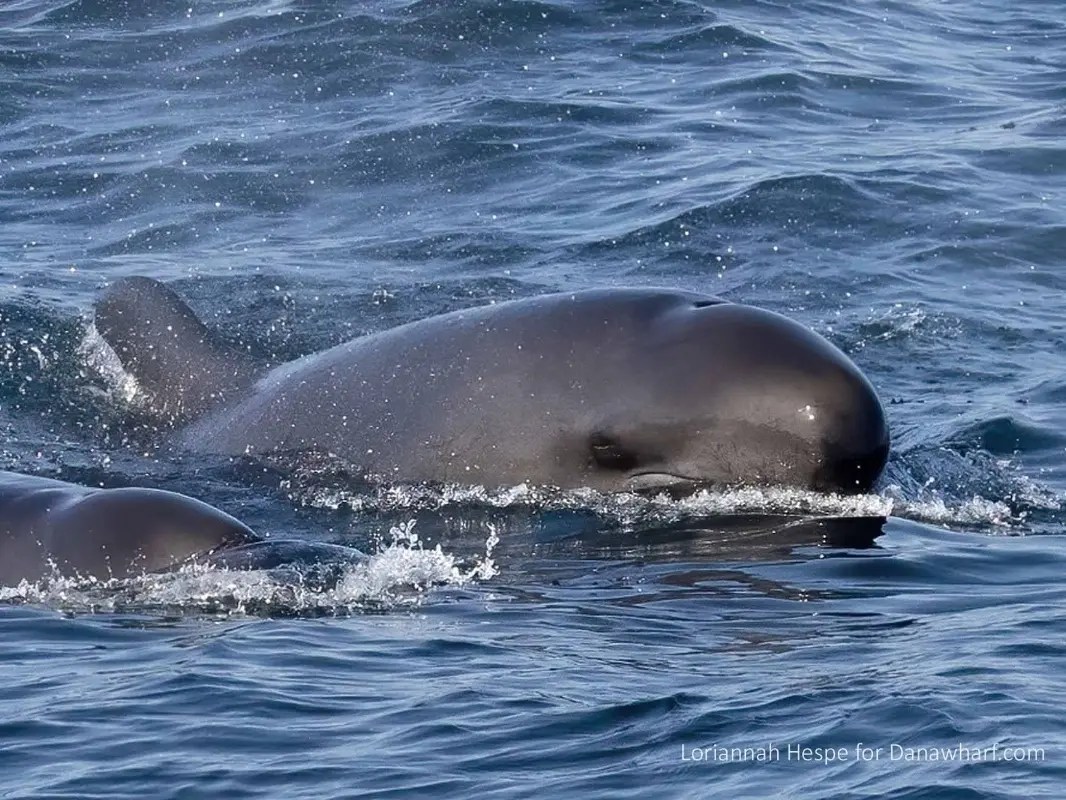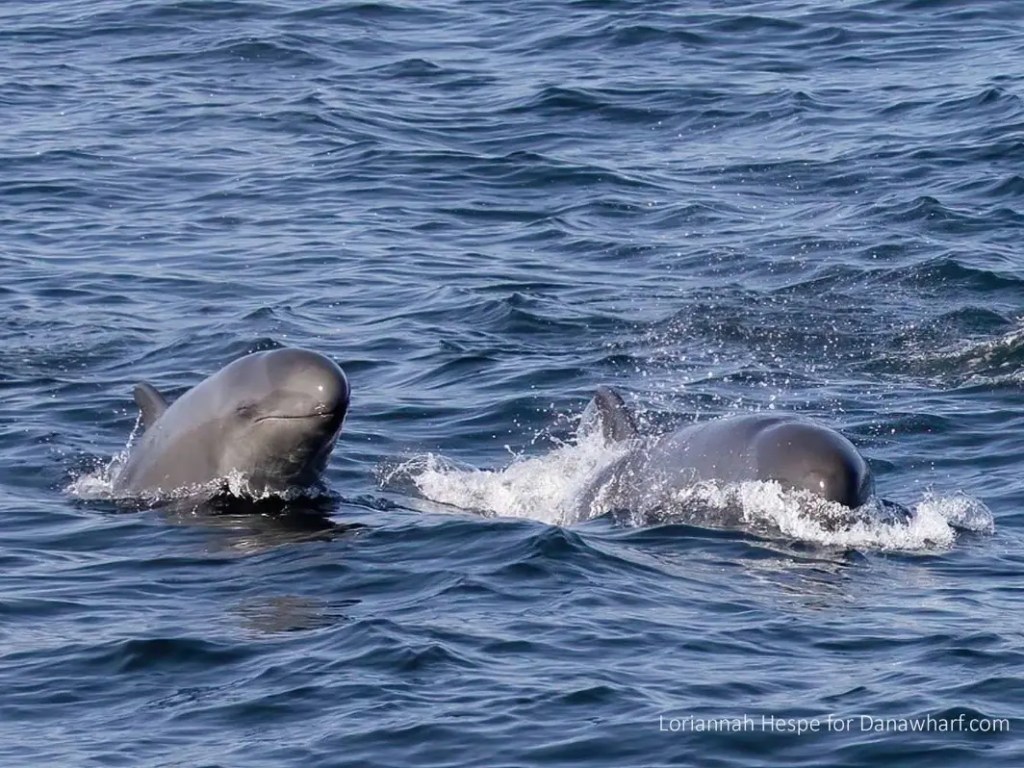The Fascinating False Killer Whale: Separating Fact from Fiction

The Fascinating False Killer Whale: Separating Fact from Fiction
The vast ocean is a treasure trove of diverse marine life, ranging from the tiniest plankton to the most gigantic whales. Among these awe-inspiring creatures is the false killer whale, a species that often gets overshadowed by its more well-known cousin, the killer whale or orca. Despite its misleading name, the false killer whale is not a type of killer whale, but a distinct species with its own unique characteristics and behaviors.
What is a False Killer Whale?
The false killer whale (Pseudorca crassidens) is a large, oceanic dolphin that belongs to the family Delphinidae. They are found in tropical and temperate waters around the globe, including the Pacific, Indian, and Atlantic Oceans. They are recognized for their sleek, black bodies and long, slender heads, which bear a resemblance to those of killer whales. However, there are several key differences between the two species that set them apart.
Physical Characteristics
One of the most noticeable differences between false killer whales and killer whales is their size. False killer whales are larger than killer whales, with males reaching lengths of up to 20 feet and weighing up to 3,000 pounds. In comparison, male killer whales typically reach lengths of 18-22 feet and weigh up to 12,000 pounds. Female false killer whales are also larger than female killer whales, with lengths of up to 16 feet and weights of up to 1,500 pounds.
Another distinguishing feature of false killer whales is their dorsal fin. Unlike the curved dorsal fin of killer whales, false killer whales have a more triangular and pointed dorsal fin. This is one of the easiest ways to tell the two species apart when observing them in the wild.
Diet and Feeding Habits
False killer whales are known for their diverse diet, which includes a variety of fish, squid, and other marine mammals. They are opportunistic hunters and will often work together in groups to catch their prey. They are also known for their unique feeding behavior, which involves tossing their prey into the air before consuming it. This behavior is not commonly seen in killer whales, making it another distinguishing characteristic of false killer whales.
Lifespan and Reproduction
False killer whales have a lifespan similar to humans, living up to 60 years in the wild. They reach sexual maturity at around 10 years of age, and females give birth to a single calf after a gestation period of approximately 15 months. The bond between a mother and her calf is strong, with the calf often staying close to its mother for several years.
Behavior and Social Structure
False killer whales are highly social creatures, often forming large pods of up to 100 individuals. They exhibit complex social behaviors, including cooperative hunting and sharing of food among pod members. They are also known to form long-lasting bonds with other species, such as bottlenose dolphins, a behavior that is unique among cetaceans.

False Killer Whale vs Killer Whale
Despite their similarities in appearance, false killer whales and killer whales are two distinct species with different behaviors and habitats. Let’s take a closer look at some of the key differences between these two species.
Social Behavior
False killer whales are highly social animals and are often found in large groups of up to 100 individuals. They have a complex social structure and are known to form strong bonds with their pod members. In contrast, killer whales are more solitary animals and are typically found in smaller groups of up to 40 individuals. They also have a more hierarchical social structure, with dominant individuals leading the group.
Habitat and Distribution
False killer whales are found in tropical and temperate waters around the world, while killer whales have a more widespread distribution, including both polar and tropical regions. False killer whales are typically found in deeper waters, while killer whales are known to inhabit both coastal and offshore areas.
Vocalizations
Both false killer whales and killer whales are highly vocal animals, using a variety of clicks, whistles, and pulsed calls to communicate with each other. However, their vocalizations differ in frequency and complexity. False killer whales produce lower frequency calls, while killer whales produce higher frequency calls. Additionally, false killer whales have been observed producing more complex vocalizations, including “screams” and “barks,” which are not commonly seen in killer whales.
Hunting Strategies
While both species are known for their cooperative hunting strategies, there are differences in their approach. False killer whales often chase their prey for long distances and are known to share their catch with other members of their pod. Killer whales, on the other hand, use a variety of hunting techniques, including corralling their prey into a small area and stunning them with powerful tail slaps.
False Killer Whale Conservation Status
Despite their name, false killer whales are not considered a threat to humans and are not known to attack or harm humans in the wild. However, they do face several threats from human activities, including entanglement in fishing gear, pollution, and habitat degradation. As a result, the International Union for Conservation of Nature (IUCN) has listed false killer whales as “Data Deficient,” meaning there is not enough information to accurately assess their conservation status.

Threats to False Killer Whales
False killer whales face a number of threats, many of which are human-induced. They are often caught as bycatch in commercial fishing operations, which can lead to serious injury or death. Pollution, particularly plastic pollution, is another major threat, as these animals often mistake plastic debris for food. Noise pollution from ship traffic and offshore drilling can also disrupt their communication and navigation.
Conservation Efforts
Despite the challenges they face, there are ongoing efforts to protect and conserve false killer whales. These include efforts to reduce bycatch in fishing operations, clean up marine pollution, and protect their habitats from degradation. Public education and awareness campaigns are also crucial in promoting the conservation of this species.
False Killer Whale vs Orca
The term “orca” is often used interchangeably with “killer whale,” but it is actually a different name for the same species. However, some people may use the term “orca” to refer specifically to the killer whales found in the Pacific Ocean. In this case, how does the false killer whale compare to the Pacific orca?
Physical Differences
The Pacific orca, also known as the “transient” or “Bigg’s” orca, is a subspecies of killer whale that is found in the Pacific Ocean. They are similar in size to false killer whales, with males reaching lengths of up to 20 feet and females reaching lengths of up to 16 feet. However, Pacific orcas have a more robust body shape and a more rounded head compared to false killer whales.
Diet and Hunting Strategies
Pacific orcas have a more specialized diet compared to false killer whales, with a preference for marine mammals such as seals, sea lions, and other whales. They are also known for their unique hunting strategies, which involve working together in groups to hunt their prey. In contrast, false killer whales have a more varied diet and do not specialize in hunting specific prey.
Conservation Status
The Pacific orca is considered a threatened species, with their population declining due to factors such as pollution, overfishing, and disturbance from human activities. In comparison, the conservation status of false killer whales is still uncertain due to the lack of data.
Behavior and Social Structure
While both species are highly social, there are differences in their social structures and behaviors. Pacific orcas are known for their complex social structure, with a clear hierarchy and a dominant individual leading the group. False killer whales, on the other hand, have a more egalitarian social structure, with no clear hierarchy and individuals often cooperating to hunt and share food.
Conclusion
The false killer whale is a fascinating and often misunderstood species that deserves more recognition and attention. While they may share some physical similarities with killer whales, they are a distinct species with their own unique characteristics and behaviors. By understanding the differences between false killer whales and their more famous counterparts, we can gain a deeper appreciation for these magnificent creatures and work towards their conservation and protection in the wild.
By learning more about these creatures, we can help to dispel some of the myths and misconceptions that surround them, and contribute to efforts to protect and conserve their populations. So the next time you hear about a “false killer whale,” remember that they are not just a “false” version of a killer whale, but a unique and fascinating species in their own right.
By embarking on a whale-watching tour with us, you not only gain a deeper appreciation for these remarkable beings but also contribute to their conservation for the enjoyment of future generations. Come, be a part of this incredible journey of discovery and protection.
